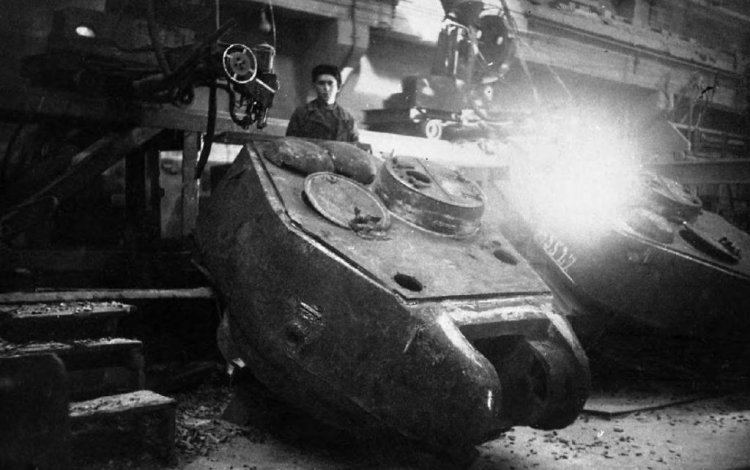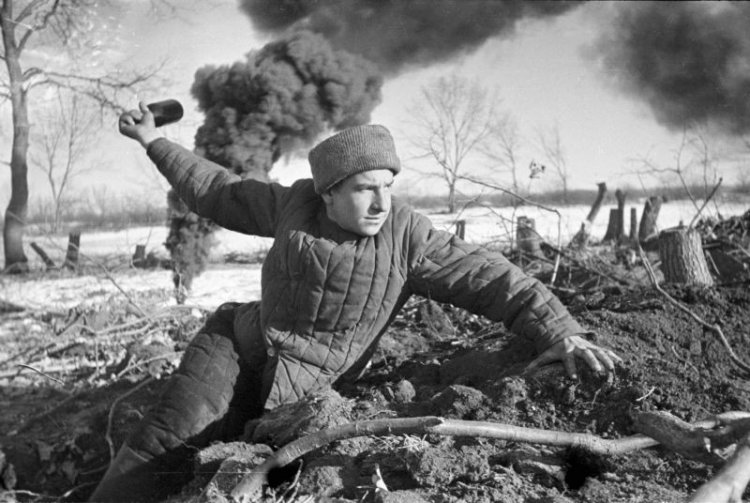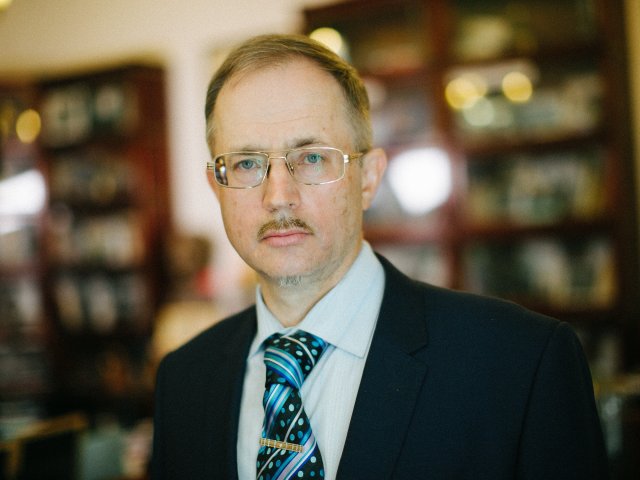80 years have passed since the start of the Great Patriotic War. On June 22, 1941, the Nazi troops invaded the Soviet Union; an extraordinary extended meeting of the Presidium of the USSR Academy of Sciences took place the next day. 60 scientists decided that the Academy had to move its resources to national defense work immediately.
On June 28, the Academy appealed: “In this hour of decisive battle, Soviet scientist are marching with their people, devoting all their energy to fighting the fascist warmongers, in order to protect world science freedom and save culture that serves all humankind.” The resolution issued by the Academy of Sciences required for all divisions and research institutions of the Academy to be obligated to direct scientists’ initiative and energy to strengthening the military might of the USSR, providing expertise and resources for defense-related research, and completing projects that could be used in the defense sector and the economy.
Geological front
Resources were scarce – the European part of the Soviet Union was occupied; industry and scientific institutes moved east of the front line. Some mining enterprises and factories remained in the occupied area: new mineral resource deposits, including oilfields to provide oil for fuel, were needed to supply the Red Army with weapons and equipment.
“All our efforts were focused on increasing the amount of oil for the front line. At that time, the old Ishimbay fields were running out of oil and the oil production was going down. We started massive work to prevent a decline in oil production. We began treating oil wells with hydrochloric acid, heating up oil sand with various agents, crushing oil-rich rock by minor explosions, and pumping gas into oil sand to increase the inflow. These and other measures slowed down the oil production decline in old oil fields,” Andrey Trofimuk, Member of the USSSR Academy of Sciences, Chief Geologists of Bashneft association, remembered.
When the German troops came close to Stalingrad in 1942, the oil transport artery from the oil fields of Baku was cut off. Andrey Trofimuk discovered a new type of oil deposit: despite doubts of his experienced colleagues, he insisted on drilling in the Karlinskoye-Kinzebulatovo zone in the Ural region. As a result, the new oil fields yielded up to 6,000 tons of oil a day: oil from the wells was poured into tanks, which were sent to oil refineries and then – to the front line.
Bedside victories
Many soldiers and officers died of combat injuries: 23% of war injuries were severe, 37% moderately severe, and 40% – mild. Shortage of medicine, antibiotics in particular, increased death rates among war hospital patients.
In 1942, the German army brought cholera to Stalingrad. The front line could not contain an epidemic, so the Soviet troops and the evacuation zones that could be infected by the displaced people were at risk.
Zinaida Yermolyeva, a microbiologist, flew to Stalingrad to stabilize the situation. In addition to hygiene methods, she decided to use a choleraic bacteriophage – the only medicine available at the time – to prevent cholera spreading in the population of the city. The medicine was first produced in Zinaida Yermolyeva's laboratory.
Yermolyeva was also involved in the production of the first Soviet penicillin. The antibiotic is generated by special moulds – the microbiologist organized production of the drug, which was then called Krustozine. It cut the death rate among the sick and the wounded down by 80%, the number of amputations declining by a quarter.
Advantage in the air
Reaching a certain speed, planes started vibrating, which destroyed them. Aircraft designers and pilots came to know the flutter phenomenon in the mid 1930s,
as planes became faster. Scientists across the world tried to find a solution, but it was Mstislav Keldysh who succeeded. Experimental and theoretical research helped develop a practical model to deal with flutter, and there were practically no cases of planes destroyed due to vibration during the Great Patriotic War. Mstislav Keldysh was awarded the Stalin Prize for that in 1942.
Keldysh solved yet another aviation-related problem – the shimmy effect. The front wheel of a plane with tricycle landing gear would start wobbling. Pilots were killed in crashes, planes broke down – Keldysh came up with practical solutions, so during the war, there were virtually no crushes caused by the shimmy effect.
Aircraft fuel tanks burst at the weld seams, the damaged metal with burrs preventing the rubber tank protector from sealing. That frequently caused fires, with gasoline gushing from the plane.
The Institute of Aviation Materials suggested replacing the metal with a special kind of cured paper – fiber. Planes became lighter; replacement of aluminum fuel tanks with paper ones saved metal; when hit in a battle, the fuel tank wall suffered local damage, sparing the protector: it sealed the puncture and prevented fuel from leaking. The first planes with the new fuel tanks became available in 1943.
Repair and set alight
The Soviet chemist Ivan Nazarov noticed that interaction of vinyl-acetyl alcohol and caustic potash produced a solid transparent mass that could be used as glue. The transparent, strong and accessible Nazarov Glue was used between battles and in front line workshops. Nazarov offered his invention as glue for lenses and optic instruments; during the war, the glue was used to repair fuel tanks and batteries for automobiles, tanks and airplanes.
Photo: Georgy Zelma/RosTech
A 30 year old chemist Kirill Saldadze developed a combustible mixture that did not require motor gasoline which was in short supply. That became necessary when knapsack and static flamethrowers entered operational service in the Red Army, and “Molotov cocktails” went into active use. Compared to its predecessor (KS), the BHS flammable liquid, BGS standing for benzene head, solvent (in Russian: benzolnaya golovka, solvent), had a different combustion temperature and lower cost. Its production started in 1942, using recycled waste. On the front line, BGS was believed to stand for battle flammable mixture (in Russian: boyevaya goryuchaya smes) since its composition was kept secret for a long time.
Photo in the main page: RosTech / From the funds of the UVZ Museum
Based on RosTech, pobeda.mosmetod.ru, rmapo.ru, sib-science.info























